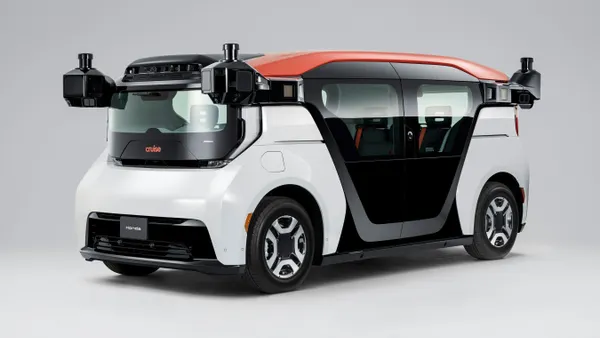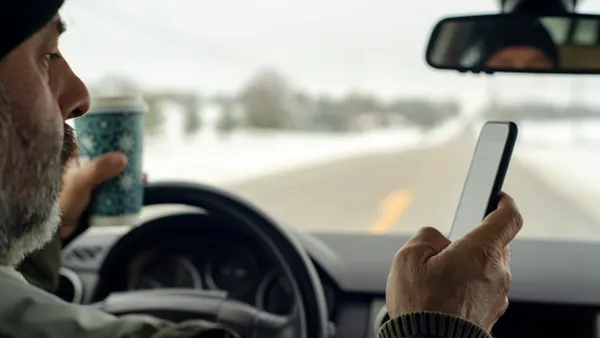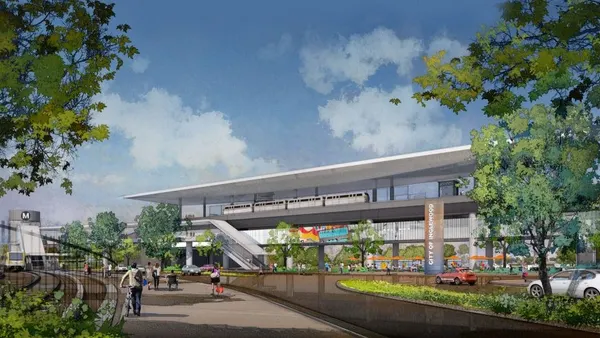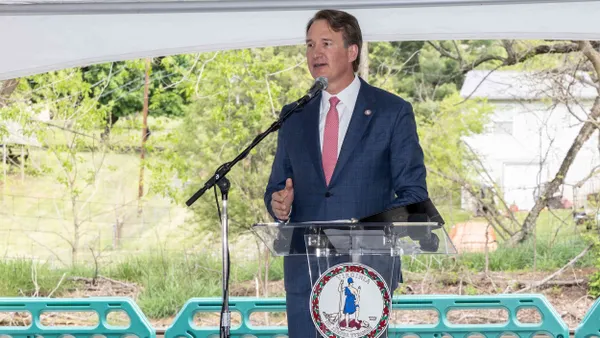Dive Brief:
- Development team Charles River Analytics has been testing smart bicycles in downtown Las Vegas that could improve cyclists' safety and transportation efficiency.
- The bikes use technology similar to that on connected cars — sensors and a computer — to communicate with traffic signals and other vehicles.
- Cyclists receive alerts from the system when they're near a hazard or approaching a red light.
Dive Insight:
This summer the Department of Transportation's Federal Highway Administration (FHA) awarded a $750,000 research grant paid out over two years to developer Charles River Analytics for the smart bike project. The FHA does not necessarily endorse this particular product, but it does see value in research that improves safety for all roadway users. The company's product testing in the Innovation District of Las Vegas is the first real-world testing on its smart bike technology.
The smart bikes have a computer near the crankshaft that analyzes incoming information and runs algorithms. It determines when to alert the cyclist to potential danger via a handlebar-mounted LED screen and speaker. The cyclist can receive an alert when a light is about to change or when they're at risk of a dangerous encounter with an approaching car.
This is concept has great potential but like many new technologies, it is expensive. At a cost of $200-6,000 per bike, depending on the complexity of the installed system, it's unlikely that the devices will be widely purchased until they come down in price.
Cyclist-vehicle interactions are a major stressor on the shared roadways. Motorists and cyclists alike don't always watch out for each other or follow the rules of the road. The smart bike technology can compensate for others' bad behavior by alerting the cyclist, but it really is only useful if the cyclist chooses to heed the alerts. When used correctly, the alerts allow for better, safer operating decisions that improve cyclists' safety and that of others nearby.












